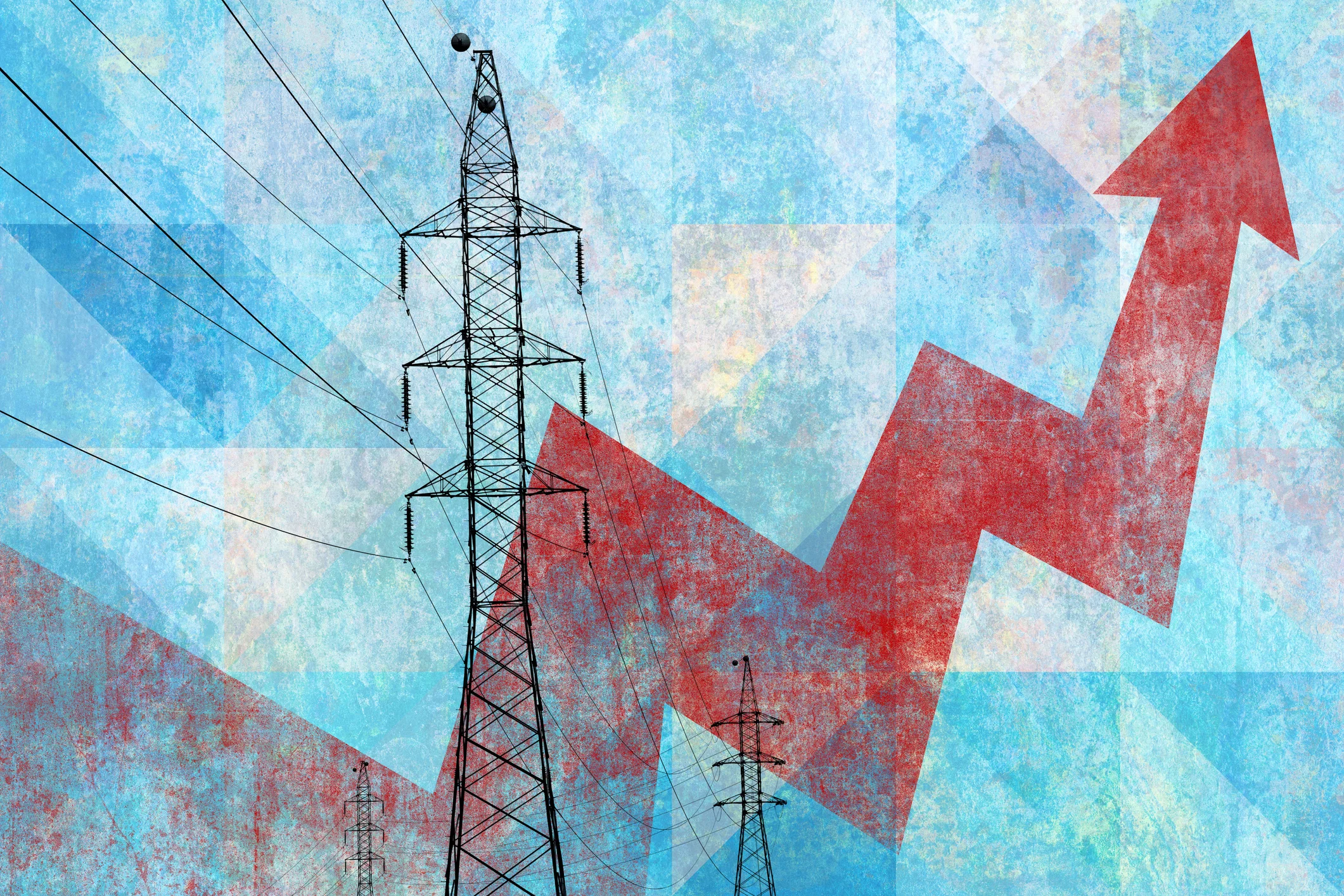This year hasn’t been the greatest for energy sector news stories, from the mounting challenges of AI and data center developments driving a demand that is expected to grow in all U.S. utilities to 15x New York City’s peak load growth to exponentially rising energy market costs. These stories have dominated the year, driven by supply chain bottlenecks and costly tariffs that cut into the renewable energy market, and things are challenging to say the very least. Still, despite tariffs and a shifting national legislative agenda, renewable energy continues to provide a valuable lifeline for utilities to meet rising demand, enhance grid resiliency, and defray expensive operational and infrastructure costs.
1. Renewable Energy Sources Win Versus Coal!
For more than 50 years, coal has dominated as a fuel source for electric power plants and for good reason: coal is abundant, affordable, and reliable. Unfortunately, coal is also finite, dirty, and not quite as efficient as other fossil fuel sources like natural gas. And while coal was experiencing its golden era, solar power was just getting started, with energy market prices falling 99.9% since 1975.
With electric demand on the rise, solar, wind, and other renewable energy sources met 100% of extra electric needs globally, causing declines in coal and natural gas use. This was driven largely by solar, which has hit new heights despite legislative pressures, and is expected to yield approximately 4.6 terawatts with new developments between 2025 and 2030. Confidence in renewables remains so strong that analysis indicates that global investments in the clean energy sector will reach $2.2 trillion this year alone.
2. Battery Growth FTW!
Perhaps more than any other renewable energy resource, batteries are the backbone of grid stability. With batteries, program managers and grid operators alike can determine the energy they have stored and available for use, and rapidly dispatch that through demand flexibility programs like virtual power plants, demand response, or BYOD programs to meet need through either a Grid or Grid-Edge distributed energy resource management system (DERMS).
While market uncertainties have plagued many renewable energy manufacturers, batteries have remained strong. Research indicates that over the next five years, batteries are set to provide nearly 67 gigawatts of new utility-scale batteries. Likewise, the behind-the-meter battery industry remains equally promising, with analysts projecting growth from $27.19 billion in 2024 to $44.13 billion by 2032.
3. Toxic Waste to Battery Storage: A Circular Economy Win!
For years, the concept of a circular economy has proven attractive to energy providers as a means of meeting demand while optimizing revenue streams. As noted above, batteries are beneficial for utilities in stabilizing grid resiliency, decreasing peak energy market costs, and as a tool for energy arbitrage strategies.
In a promising win for renewable energy and the circular economy alike, researchers at Northwestern University recently discovered a method to synthesize industrial waste into a battery. While research is still underway, this discovery could provide an affordable and sustainable opportunity for grid operators to enhance energy security and lower rising operational costs. We’ll keep watching this story.
4. EV Sales Are Up!
Until September 30, 2025, U.S. consumers could access and utilize an electric vehicle (EV) tax credit meant to incentivize the widespread adoption of EVs. Despite legislation like the One Big Beautiful Bill that ended the credit and market uncertainties, EV sales have continued to grow throughout the year. For example, comparing 2024 and 2025 Q1 revenues, the EV market increased by 10%, a trend that has continued into Q2 and Q3. This resulted in nearly 440K new EVs hitting the road in Q3 alone, the last month of the tax credit.
Globally, EV sales are up and continue to grow, demonstrating widespread market viability and long-term staying power. As such, EVs remain an integral part of renewable energy strategies like EV managed charging or V2G charging programs that leverage electric vehicles and EVSE chargers to shift load or redistribute stored battery charge to meet demand during grid events.
5. Solar Safety Net!
Climate change is altering weather and temperature patterns, costing the world $16 million per hour and rising. Renewable energy technologies are useful in mitigating this process by decarbonizing energy-intensive fossil fuel plants and through widespread electrification. With climate change causing more weather events, some have turned to solar to reliably meet demand. In Jamaica, rooftop solar is becoming the norm, currently providing 65 megawatts of aggregate power, or about 10% of all of Jamaica’s power generation.
This strategy is also employed in Puerto Rico, who use and has continued to develop a national-scale virtual power plant (VPP) to serve as a communally-generated, country-scale back-up plan. Altogether, the successes of these renewable energy solar and VPP programs provide a blueprint for enterprising utility operators to leverage the renewable energy sources already in communities to meet rapidly rising and erratic demand.
5 Renewable Energy Stories We’re Thankful For: Conclusion
Negativity bias is a cognitive bias that makes it easier to recall the bad parts of the news and easier to forget the best parts. This bias drives negative online news consumption, which is bad for mental health. Fortunately, great things are happening in the world, often in places you may not think to look. The successes of renewable energy sources this year are especially impressive given recent legislation, but there is a silver lining: despite these challenges, renewable energy perseveres because it’s useful and valuable.
Renewable energy is incredibly valuable in demand flexibility programs in strengthening grid resiliency. Through tools like Topline Demand Control (TDC), even behind-the-meter distributed energy resources (DERs) are reliable to grid operators, providing a more robust and comprehensive approach to grid management using the tools already at your disposal.





